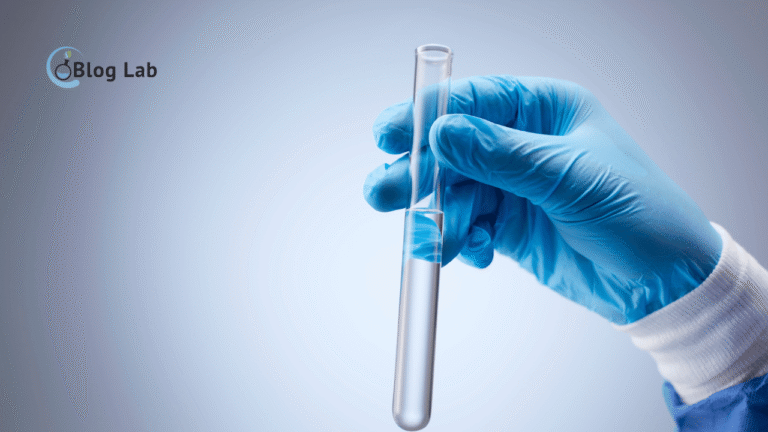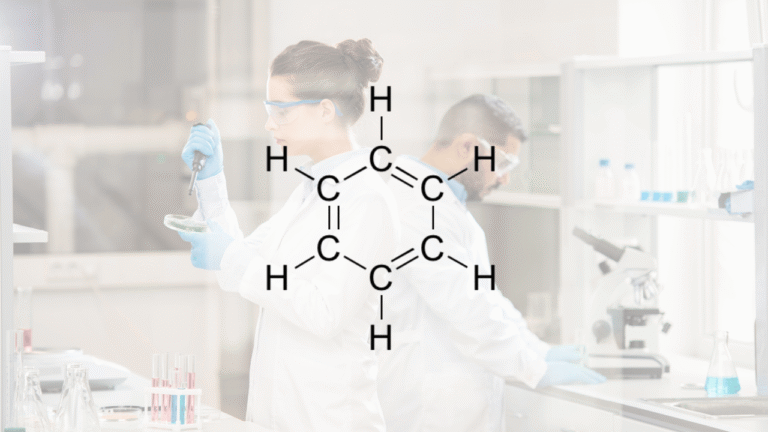Pengertian dan Fungsi Piknometer Laboratorium

Piknometer is Lab equipment. It has to be in every lab. Although there may be people who don't recognize this device, but for a chemist or a lab worker, it is very familiar and important to use.
This article is written to explain the understanding and function of the piknometer, so it's not just chemists or lab workers who know about this device. The goal is to give knowledge of this device to anyone who wants to know and learn the tools of the lab, one of which is the pyknometer.
Piknometer function and understanding
Piknometer, also known as glassware, is a laboratory tool used to measure the mass of a liquid. It's made up of three major parts, which are the piknometer caps, holes and tubes made out of glass or glass.
Why was used glass or glass in the making of the piknometer? It's done to ease the mass measurement process of a liquid type. Glass or glass is transparent material so it's easy to make measurements. Besides, glass or glasses are also easily cleaned and used to protect substances or chemical solution in the process of transporting.
Piknometer Consciousness

Piknometer is a laboratory tool used to measure the mass of a liquid type. Before discussing the piknometer function, there may be some that's not familiar with this device or even heard of it. However, by reading this article it is expected to give understanding to its reader of the pyknometer.
The first Piknometer was created by Abu Rathan Muhammad al- Biruni, a scientist from Persia in 973-1048. He was recognized as the first expert to create the piknometer. The excess of the piknometer use is the measurement result can be obtained in a very efficient and short period of time. Here's an explanation for the definition of the piknometer:
1. According to etymology
Piknometer comes from the word pukos in Greek, which means meeting. In general, the piknometer is used to measure the mass of a substance or solution. It gives more accurate measurements than using other tools. However, the piknometer also has flaws. Not all forms of solution and matter can be measured using this device, it's adjusted to the prescribed procedure. If not used according to the prescribed procedure, then the results obtained will be inaccurate.
2. According to terminology
Theoretically, the piknometer is used as a tool to measure the density or mass of a liquid. However, not all kinds of liquid can be measured using the piknometer. There are all sorts of tools used to measure the mass of matter or liquid, one of which is an analytical balance. Besides being used to measure the mass of the type of fluid, the piknometer can also be used to measure the mass of the kind of solid matter. The way or the process of measuring it will be explained in other articles.
Pixometer Function
Piknometer used to measure the mass of a type of substance, solution or fluid. Although the shape has changed, it still maintains its true form. Today, piknometer products are available on the market, due to increased demand for this device.
Piknometer has a variety of sizes that are used for measuring, from 100 ml, 50 ml, 25 ml, to the smallest size of 10 ml. The size of 25 millilitres and 10 millimeters is more often used than the size of 100 ml and 50 ml. Here's an explanation for the type
1. General Pixometer Type
Piknometer is a laboratory tool used to measure the mass of a liquid type. The type of pyknometer used to have a perfume-like shape, and made up of three major parts:
Piknometer is three major parts, which is:
- Close the piknometer : function to maintain temperatures that are within the piknometer so that temperatures in the piknometer glass will always be stable.
- Piknometer hole : acts as an entry and exit of an object or media. The object is a solution that will be measured by the mass of its kind, for example, like oil.
- The tube measures the piknometer or the piknometer glass : used as a liquid volume gauge. By measuring the volume of a substance and using the mass formula of matter divided by the volume of a substance, the desired result can be obtained.
2. Gas piknometer
The different type of pyknometer than the typical piknometer is a more emphasis on gas displacement. In its measurement, this type of piknometer has a faster speed than it does with a regular piano. However, the use of this type of piknometer is much wider than the usual pyknometer.
This type of Piknometer is also divided into two parts. In addition to the description of the understanding and function of the piknometer, this is the description of the pipeline division of the gas type:
- The gas ratio of the piknometer: it's usually made up of two space changeable ones.
- The gas expansion piknometer: it's made up of one room or two space changeable.
In addition to knowing the ideas, functions, and parts of the piknometer, it's also important to know how to use them. Without knowing how to use it, it's hard to utilize the piknometer optimal. Here's going to be explained about how to use the piknometer.
How to Use Piknometer
After understanding the function of the piknometer, it's important to know how to use it properly. Here is a guide in using the piknometer:
- Cleaning the piknometer well to sterilize the device.
- Dry the piknometer with the lab oven at 105 degrees centigrade for 15 to 30 minutes.
- Inserting a piknometer that's been drained into a deposition for 10 to 15 minutes.
- Note the initial volume of the piknometer and weigh the empty piknometer.
- Put the sample into the piknometer, remove the air bubble and record the weight of the piknometer containing the sample.
- Calculates the mass of a type of substance by using the mass formula of matter divided by the volume of matter.
- Cleaning the piknometer after finishing measuring.
It's important to remember that each stage must be done carefully and appropriately in order for the measurement results to be accurate. See how how to calibrate Piknometer.
In general, piknometer is a laboratory tool used to measure the mass of a liquid type. It's made of glass or glass, made of three components, which is a think-no, a hole and a tube or a glass. Its use includes cleaning, drying, recording of early volumes, balancing, and mass measurements kind of with the appropriate formula. This aims to make the measurement results accurate and consistent with the prescribed procedures.





